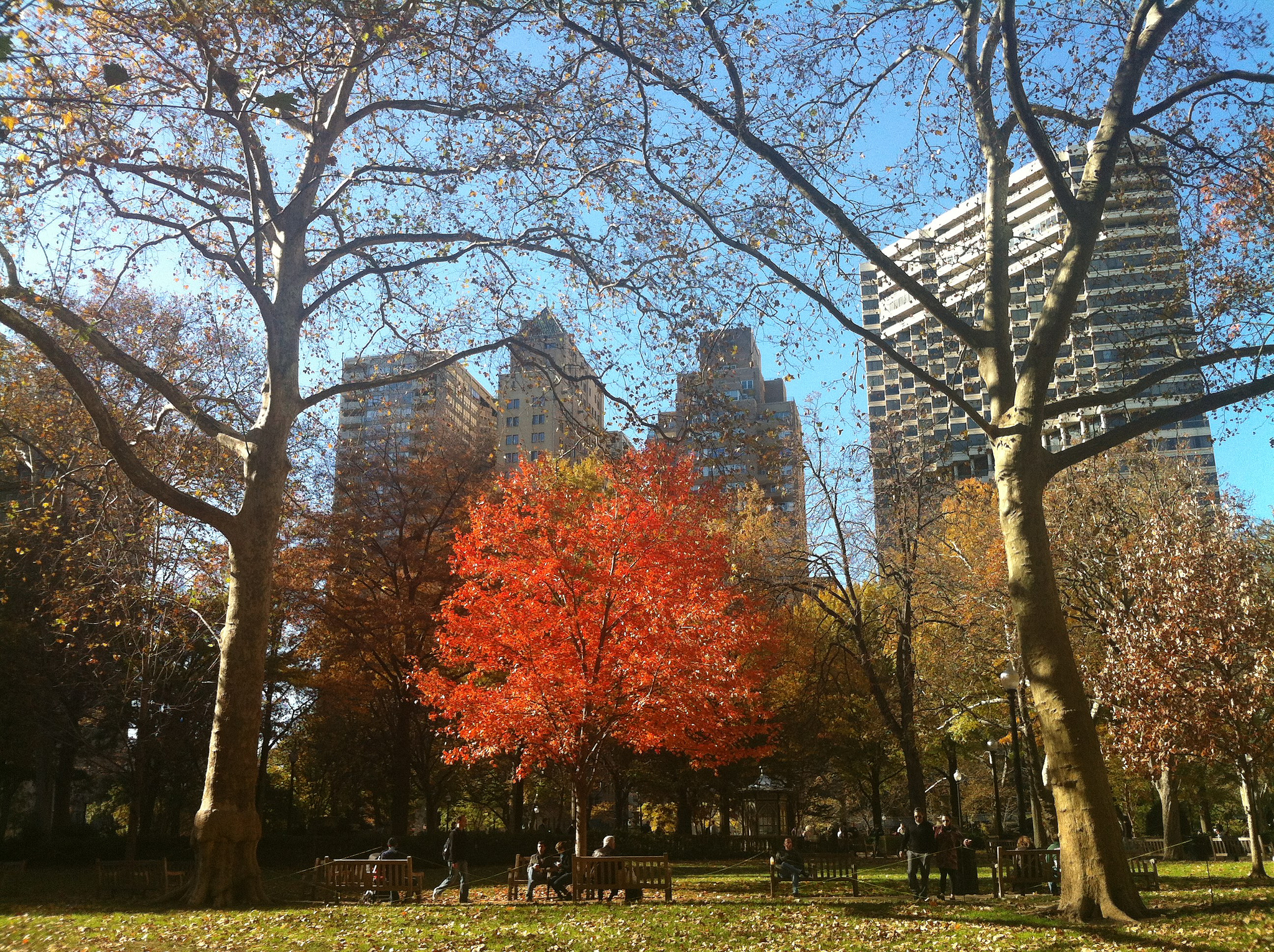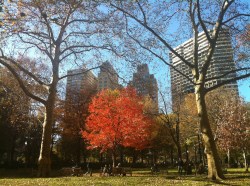We already know that having more trees around protects our health. Turns out those trees might also protect our wealth and safety, according to a new study from researchers at Temple University, published in the journal Landscape and Urban Planning.
Controlling for some socioeconomic factors such as poverty, education, and density, the researchers examined crime and tree data and found that “the presence of grass, trees and shrubs is associated with lower crime rates in Philadelphia, particularly for robberies and assaults.”
Here’s where things get a little presumptuous. The authors “surmise this deterrent effect is rooted in the fact that maintained greenery encourages social interaction and community supervision of public spaces, as well the calming effect that vegetated landscapes may impart, thus reducing psychological precursors to violent acts,” according to a Temple University press release.
A study published in the same journal last year backs up the connection: A 10 percent increase in trees in Baltimore correlated to about a 12 percent decrease in crime. “It’s really pretty striking how strong this relationship is,” said Austin Troy, lead author of that study.
But is it truly a causal relationship?
I like trees as much as the next blogger, maybe even more, but we need to see more research before jumping to conclusions. In both studies, researchers say they controlled for socioeconomic factors, but how effectively? Do trees necessarily deter crime, or are they just one characteristic of a richer neighborhood that has a lot of things that poorer neighborhoods don’t have — like safer streets?
Whether or not trees are really crime-stoppers, civic planting projects can play a big role in improving those poorer ‘hoods. But a pro tip for the green-minded: The key to success isn’t just planting more trees. You also have to keep them alive.
And a pro trip for the crime-minded: Whatever you do, just don’t be this guy.





